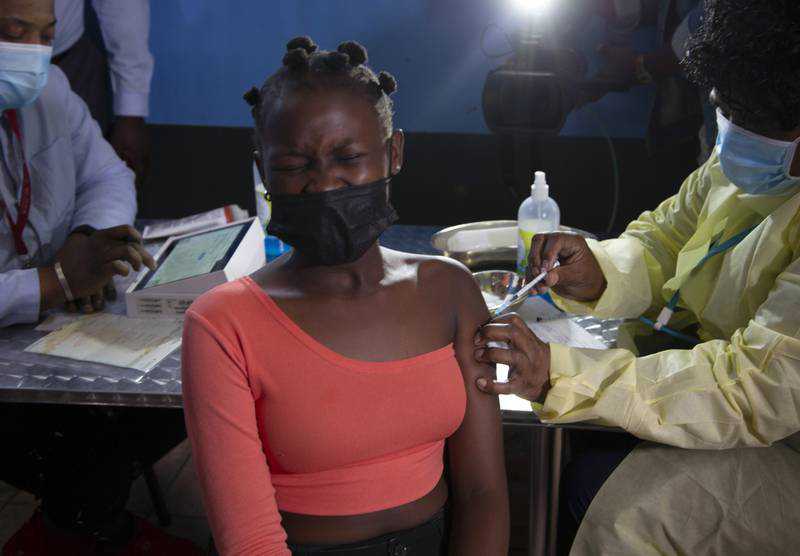Omicron: how Covid-19 variants are named and classified
27 November, 2021

Omicron, the new coronavirus variant detected in southern Africa, has sparked another round of concern that more transmissible and deadly forms of the pathogen may make controlling the pandemic harder.
Named on Friday as a Variant of Concern by the World Health Organisation, it has led to the introduction of travel bans aimed at preventing its spread.
While Omicron, also known as B.1.1.529, has mostly been found in one province of South Africa, it has spread more widely, including to Europe.
Particularly worrying is its large number of mutations: 50 in total, of which more than 30 are on the spike protein, which attaches to human cells.
Almost two years on from when the coronavirus emerged, ideas around mutations and variants have become familiar to the public. Here we look at how variants are identified and named.
Why do variants emerge?
Each time the coronavirus copies its genetic material (ribonucleic acid or RNA), something it has to do to replicate, there is a risk that mistakes or mutations will happen.
Some of these mutations result in the virus incorporating different amino acids (protein building blocks) into the proteins that it makes.
These may alter how the virus behaves, such as influencing, for example, how easily it spreads from person to person or the extent to which it evades protection from vaccines.
Mutations that benefit the virus are likely to become more common and, together with others, may form a suite of changes characteristic of a new variant.
Health authorities across the globe are constantly testing samples of the coronavirus to track genetic changes and identify when such variants have emerged.
How are variants classified?
The World Health Organisation (WHO) has Variants of Concern (VOC), Variants of Interest (VOI), variants under monitoring (VUM) and formerly monitored variants.
The European Centre for Disease Prevention and Control (ECDC) uses a similar system, although instead of formerly monitored variants, it has a category of de-escalated variants.
Three things characterise VOC: they are more transmissible, can evade the protection from vaccination, and cause more severe disease or are resistant to treatments.
In May, the WHO introduced a VOC and VOI naming system based on the Greek alphabet to end the “stigmatising and discriminatory” practice of identifying them by the place where they were first identified.
Currently the WHO has five VOC: Alpha (first identified in the UK), Beta (South Africa), Gamma (Brazil), Delta (India) and Omicron (multiple countries).
There are two VOI, Lambda (first identified in Peru) and Mu (Colombia).
Variants in this category have genetic changes that may make them fit the criteria for VOC, and are also spreading widely.
With VUM, there are genetic changes that are potentially concerning and may pose a risk, but more evidence is needed.
When VOC or VOI are found to no longer pose a major public health risk, they may be reclassified as formerly monitored variants, of which there are more than a dozen.
Why is classifying variants useful?
The WHO says the work that it and many other health authorities is doing to monitor how the virus is changing can help spread the message to nations and the public about changes needed to respond to new variants.
Governments may introduce travel bans or other restrictions to prevent the spread of variants as they emerge, as has been seen this week with the Omicron variant. Prof John Oxford, emeritus professor of virology at Queen Mary, University of London, said he was “very impressed” by the molecular diagnostic tools used to monitor how the coronavirus is evolving and spreading.
When he was carrying out work with influenza in the past, he said scientists “would have loved” to have had the tests that are now available.
“It’s head and shoulders above what we were able to do with the flu,” he said, while cautioning against an over-reaction to the latest variant.
“We have to sit tight and see if it’s more virulent and more spreadable. It’s easy to get a society in a flap. We have to be a bit more relaxed until we’re sure.”
It is likely to take several weeks for scientists to gather the data needed to understand fully how concerning the Omicron variant is.
Source: www.thenationalnews.com
